HOW TO CHOOSE AND BUY NEW GARAGE DOOR IN VANCOUVER
Whether it is time to replace a damaged garage door or to improve your curb appeal, there are plenty of residential garage door styles in Vancouver to choose from in 4 simple steps:
- Step 1: Choose your garage door type.
The most common garage door types we offer in Vancouver are sectional, roll-up, tilt-up canopy and tilt-up retractable garage doors.
- Sectional garage doors are made up of panel sections which are connected together with hinges. Wheels located at the edge of each panel of the garage door roll inside a vertical track on each side of the sectional door opening as it opens and closes.
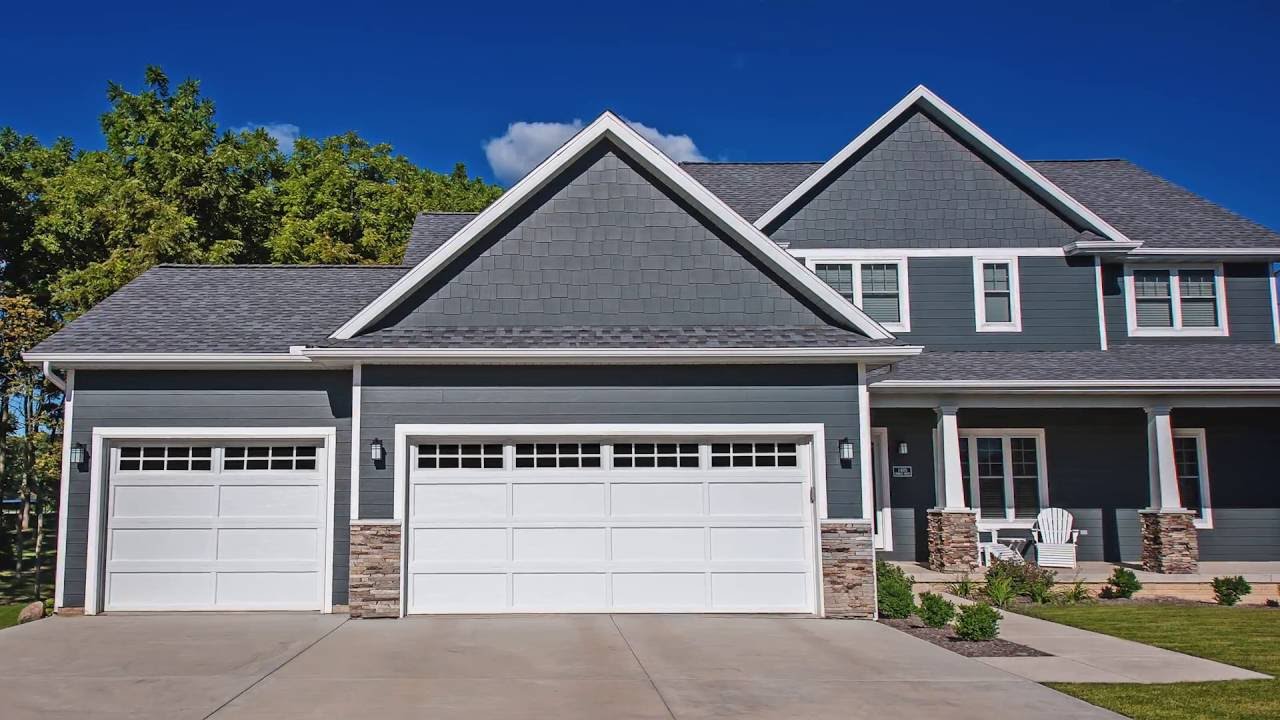
- Roll-up garage doors are more commonly used in commercial applications than residential, they are a good design option for areas with limited ceiling space. The roll up style door is made with narrow steel slat sections that roll around a drum above the garage door opening.
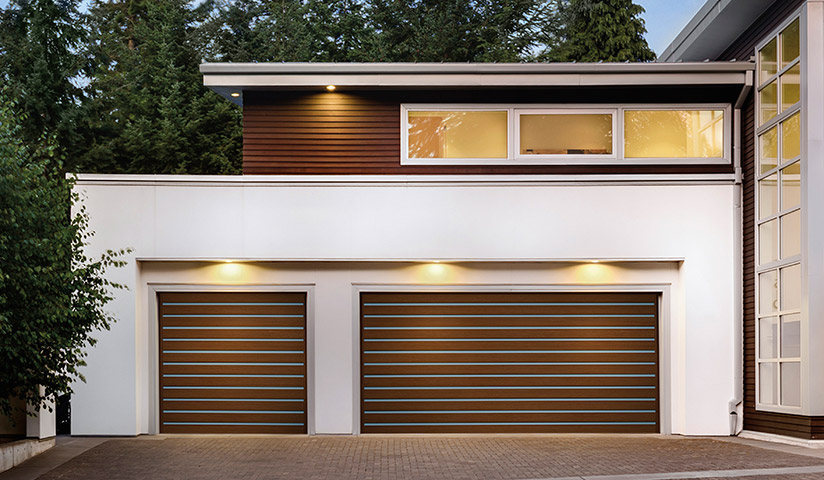
- Tilt-up canopy garage doors normally don’t have any sections: they are made of one solid panel. They have a pivoting hinge mechanism and can tilt up into the garage. The canopy-style door hangs parallel to the ceiling and extends past the front of the garage when open.
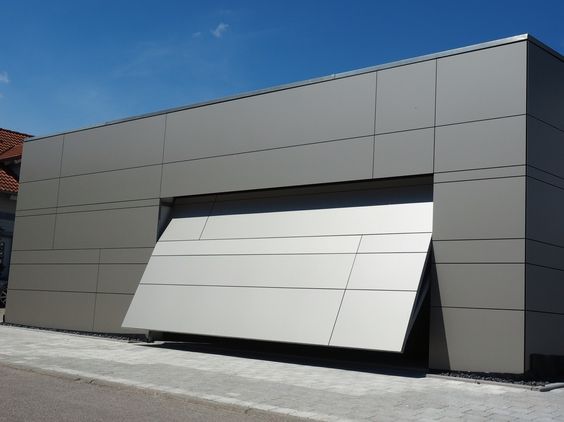

- Tilt-up retractable garage doors lift up and inside the garage. They are suspended independently from the frame.
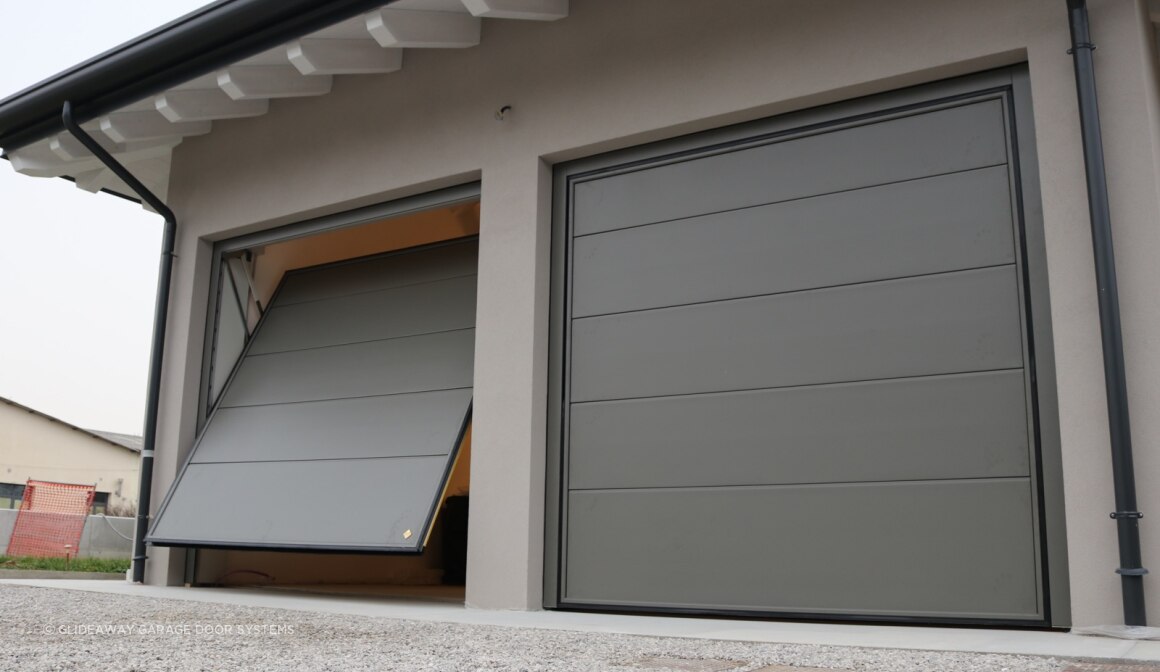
Step 2: Choose your garage door size.
Garage door sizes are generally categorized as Single and Double car garage doors. Do you need a single door: 8-9ft, a double door: 16ft, or a combination of both.
Step 3: Choose a garage door style.
Finding the right style is especially important because a garage door is often 40% of your curb appeal. Most residential garage door manufacturers offer traditional, contemporary and carriage door designs.
- Traditional doors feature raised panels and a variety of color options, making it easy to coordinate with design elements of your home. Add windows to fill your garage with natural light.
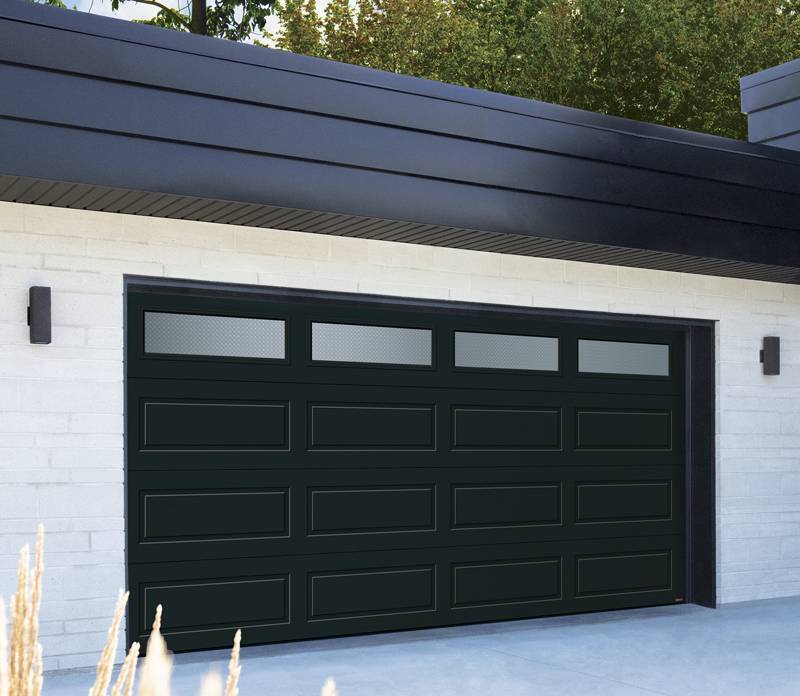
- Contemporary design has clean simple lines with sleek windows to complement modern exteriors.
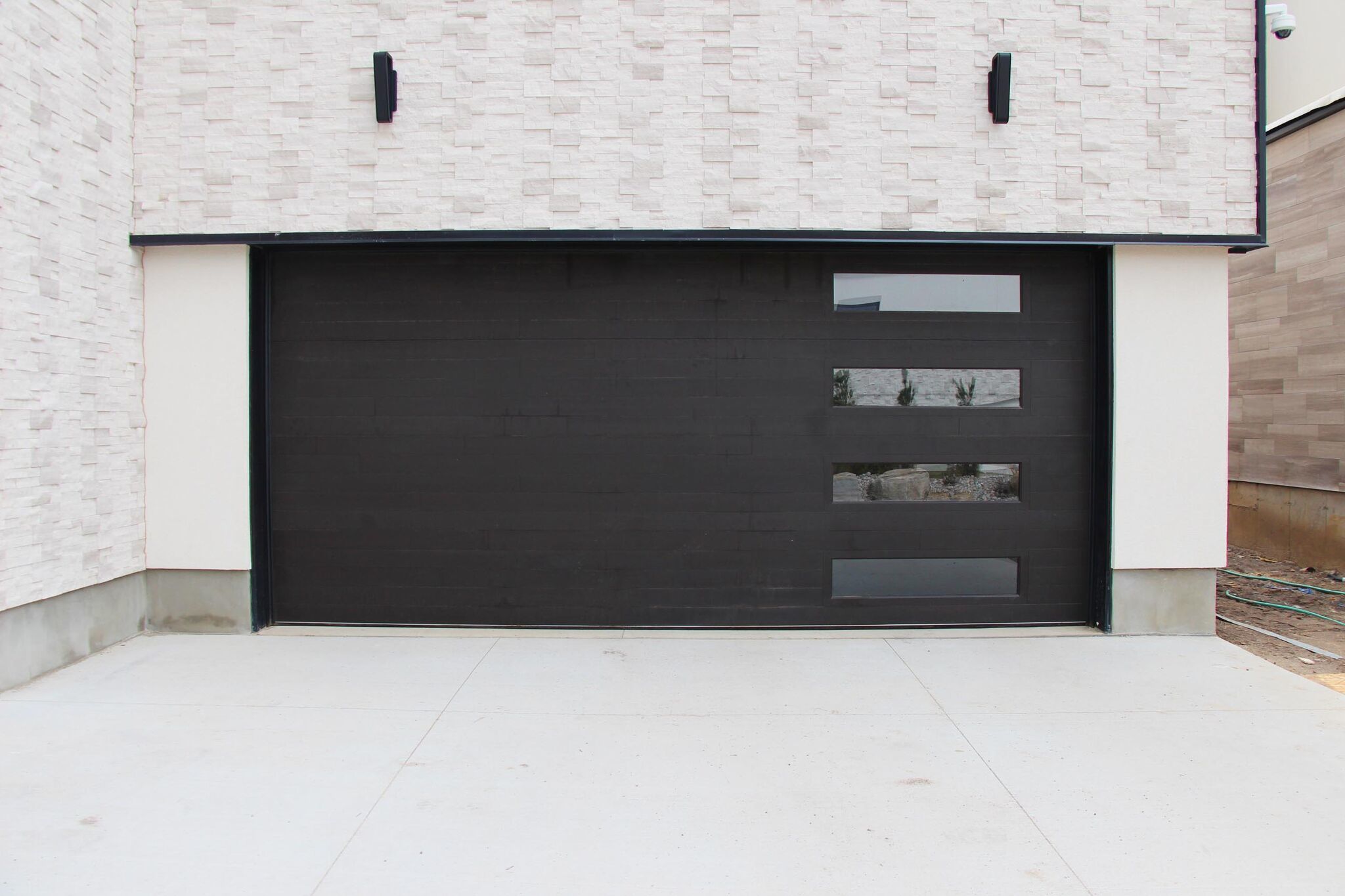
- Carriage house doors are timeless, an ideal fit for many styles, including craftsman, farmhouse and transitional homes. For a vintage look, choose crossbuck panels, windows and decorative hardware, or if you prefer a wood door, but not the upkeep, choose faux wood composite, or select a steel door with grain wood look finish.
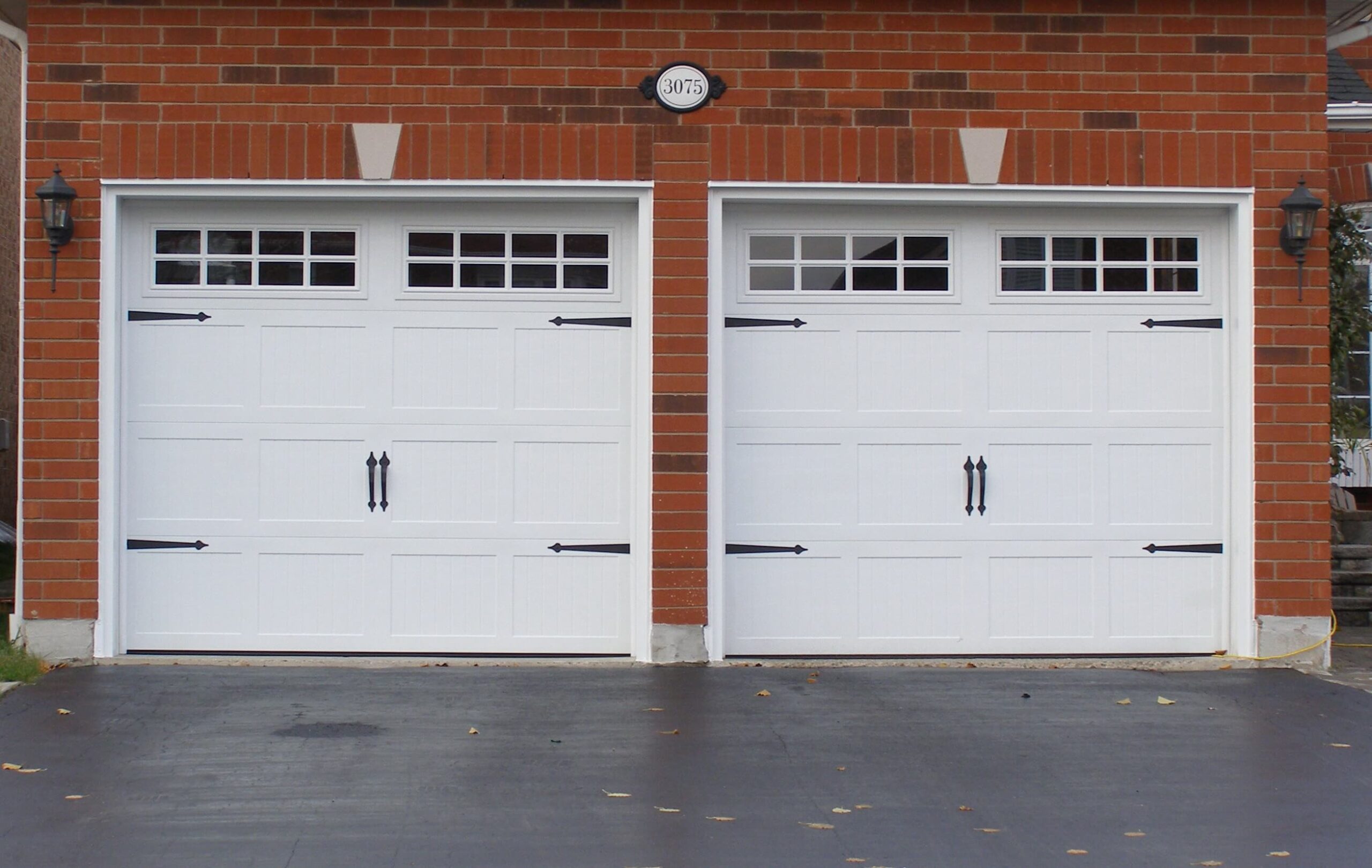
Step 4: Choose your construction:
The construction and insulation type can improve energy efficiency, durability and noise control of the door, providing quiet operation.
The benefits of the insulated door help you maximize your investment. With an added layer of insulating protection the garage door is built to withstand the rigors of everyday use. It’s stronger and more secure, less susceptible to dents and dings, quieter when it opens and closes, and it controls the temperature inside your garage and the adjoining room. With an insulated door your garage will be warmer in the winter and cooler in the summer.
The higher the R-value of your garage door, the better insulation it provides. R-value is an insulation rating giving the resistance to thermal flow. A higher R-value in your garage door saves energy and provides more comfort. The two most commonly used insulating materials are polyurethane and polystyrene. Polystyrene insulation is normally used in rigid sheets inserted into garage door cavities. Polyurethane is a foam that expands and bonds to surfaces when injected inside the cavity. Polyurethane insulation is usually twice as effective as polystyrene.

Have any questions? Text/call your trusted local garage door specialist: Mater Garage Doors 778-800-0636
